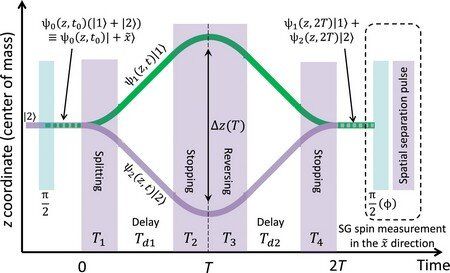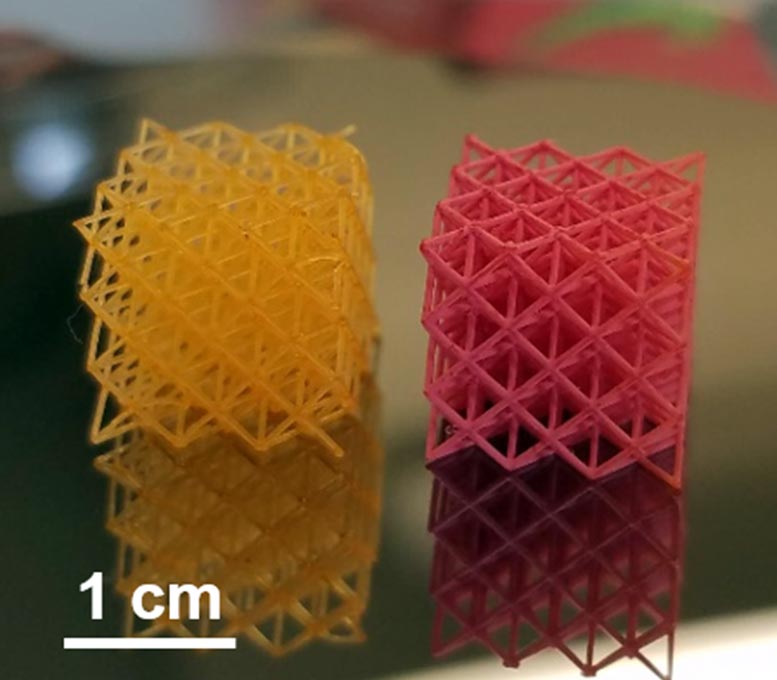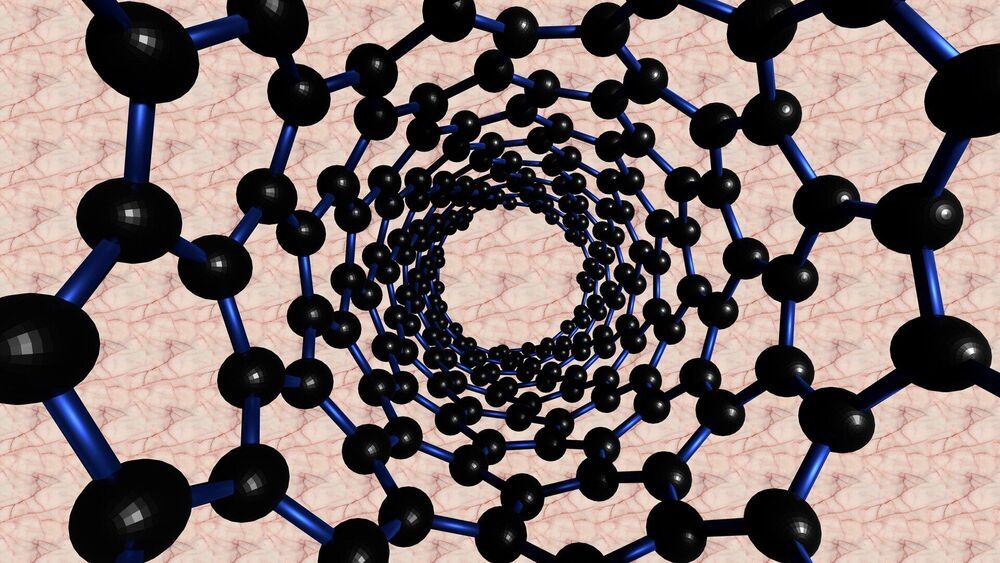Jun 7, 2021
A framework to simulate the same physics using two different Hamiltonians
Posted by Saúl Morales Rodriguéz in categories: particle physics, quantum physics
Researchers at Okinawa Institute of Science and Technology Graduate University in Japan have recently been investigating situations in which two distinct Hamiltonians could be used to simulate the same physical phenomena. A Hamiltonian is a function or model used to describe a dynamic system, such as the motion of particles.
In a paper published in Physical Review Letters, the researchers introduced a framework that could prove useful for simulating the same physics with two distinct Hamiltonians. In addition, they provide an example of an analog simulation and show how one could build an alternative version of a digital quantum simulator.
“The idea came about when I was looking at the dynamical generation of entanglement in spin chains,” Karol Gietka, one of the researchers who carried out the study, told Phys.org. “I noticed that the behavior of entanglement as a function of time in a certain model very much resembles entanglement behavior in the paradigmatic one-axis twisting model. Initially, I thought that one could map one system onto another one, but it was not possible as the Hamiltonians of the two systems were very different, which really confused me.”


















